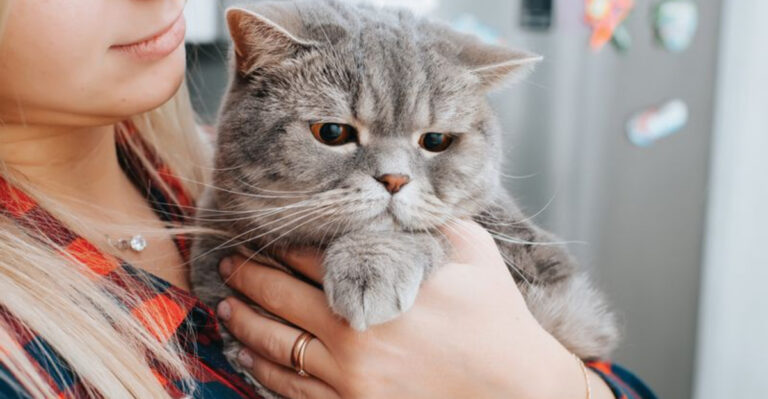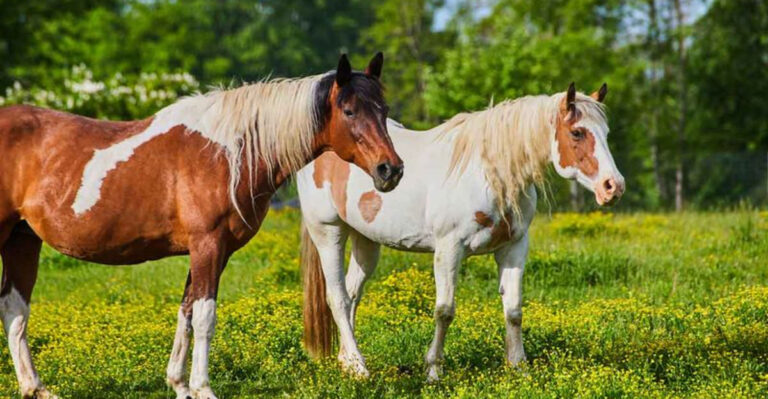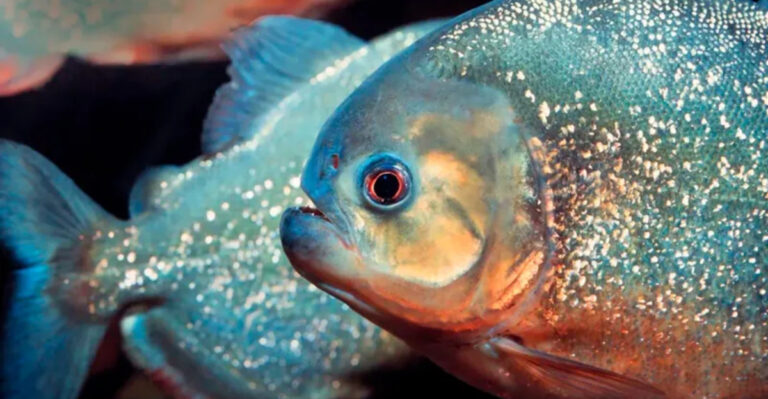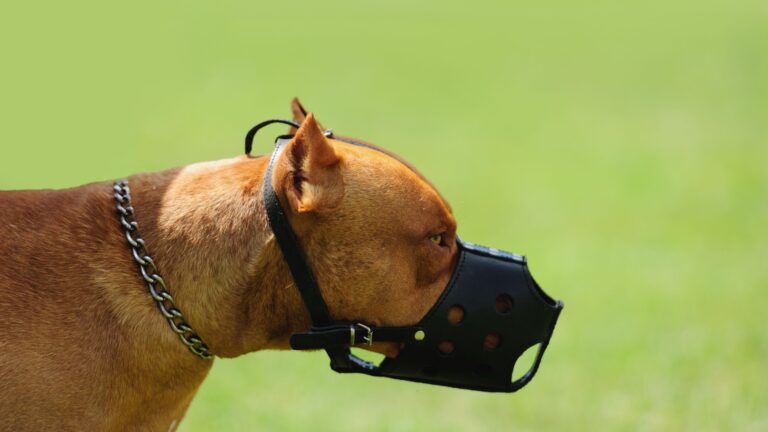13 Snakes That Act Lifeless (And How They Fool Predators)
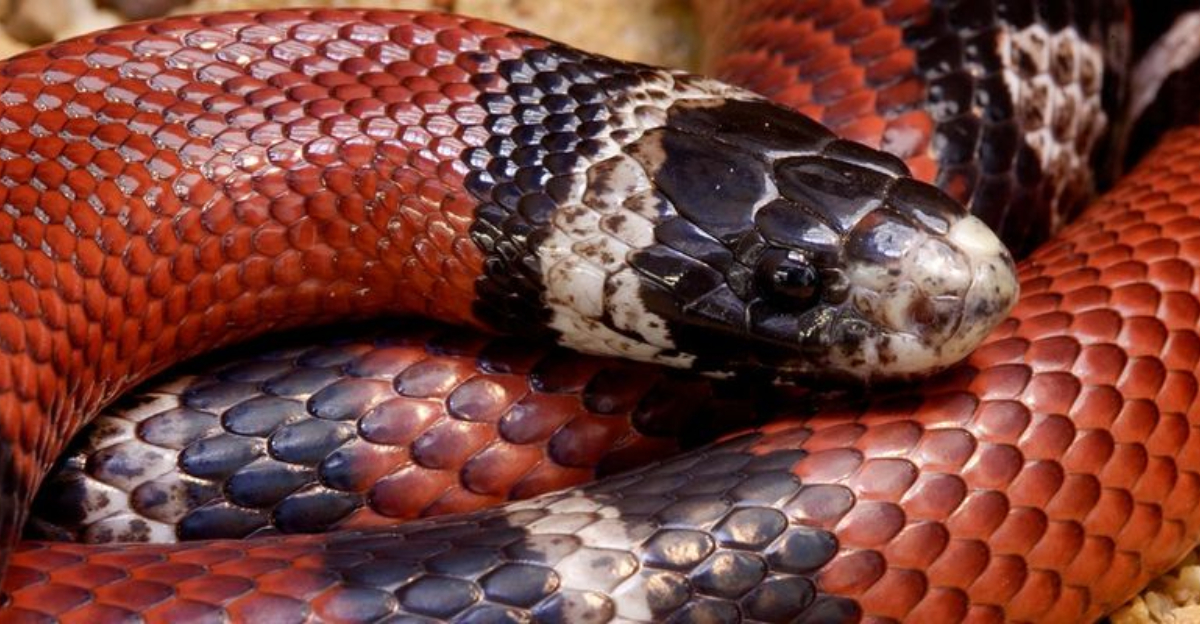
When danger lurks, some snakes have a surprising survival trick up their scales. Instead of fighting or fleeing, they fake their own death!
This behavior, called thanatosis, helps these reptiles escape from predators who prefer live prey. From dramatic performances to convincing corpse impersonations, these masters of deception have perfected the art of playing dead.
1. Hognose Snake: The Drama Queen
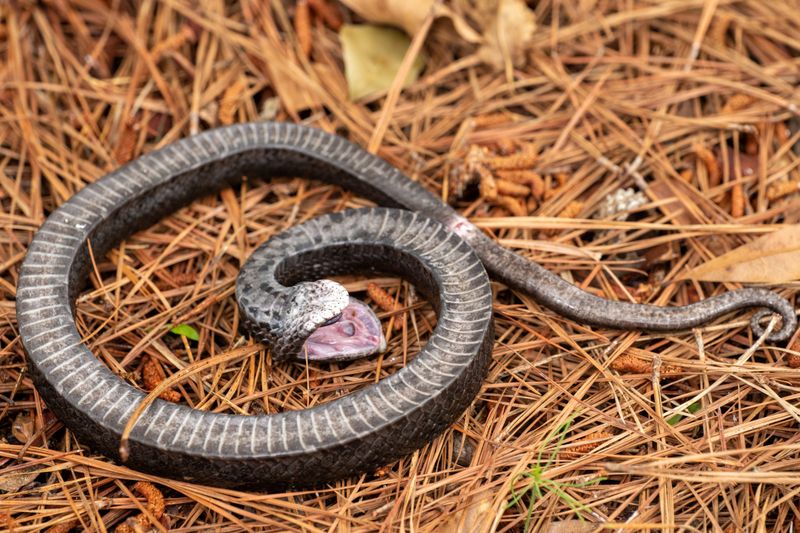
Hognose snakes put on the most theatrical death performances in the reptile world. When threatened, they roll onto their backs, open their mouths, and let their tongues hang out limply.
They even release a foul-smelling musk and may leak blood from their mouth for extra effect. If flipped right-side up, these dedicated actors will immediately roll back to their “dead” position until the coast is clear.
2. Grass Snake: The Rigid Performer
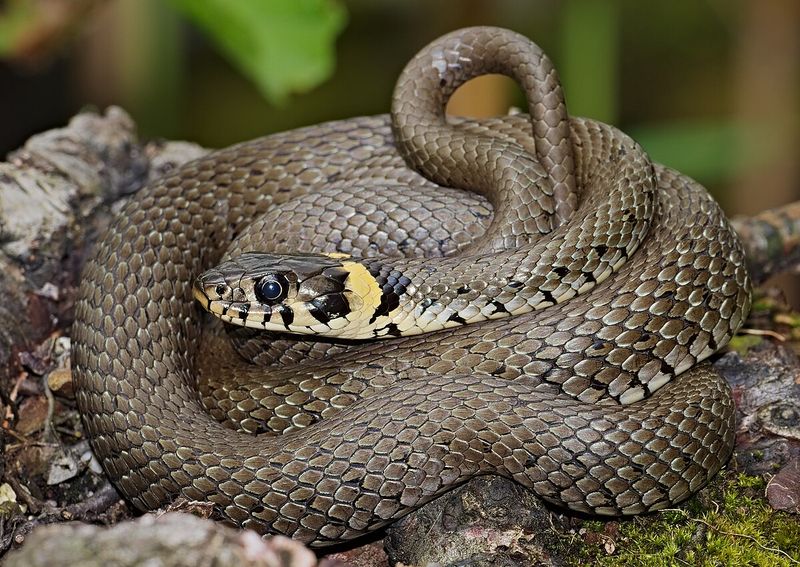
European grass snakes stiffen their bodies when playing dead, creating a convincing corpse-like appearance. Their muscles tense up, causing them to lie in unnatural, twisted positions.
Unlike other death-fakers who simply go limp, grass snakes add realism by releasing a garlic-smelling fluid from their anal glands. Predators quickly lose interest in what appears to be a rotting snake carcass with an unappetizing odor.
3. Ringneck Snake: The Subtle Trickster

Ringneck snakes take a more understated approach to playing dead. These small, colorful snakes curl into a tight ball with their bright orange-red bellies exposed upward.
The vibrant underside serves as a warning to predators while the snake remains motionless. They might also release a musky odor and occasionally leak blood from their mouth. Their performance is less dramatic than others but equally effective at deterring hungry hunters.
4. Garter Snake: The Reluctant Actor
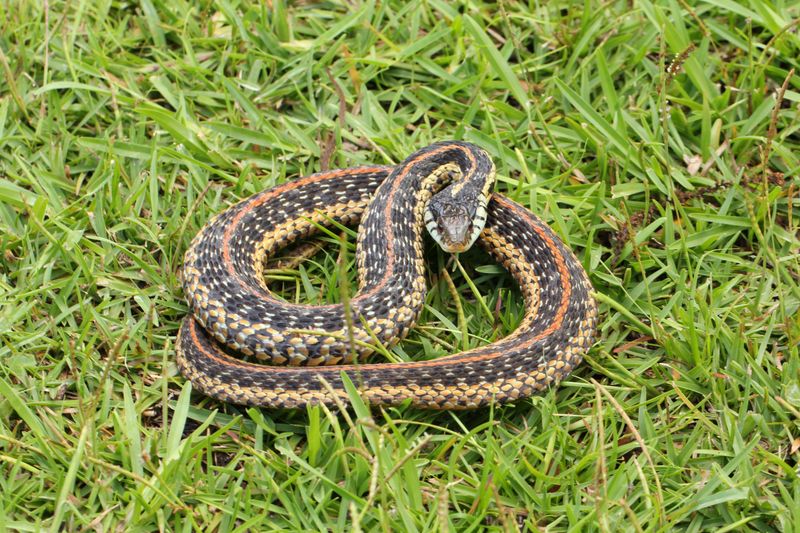
Garter snakes use death-feigning as a last resort when other defensive tactics fail. They go completely limp, hanging loosely if picked up, with their mouths slightly open.
Unlike dedicated death-fakers, garter snakes might occasionally “break character” if the threat persists too long. Their performance includes slowing their breathing and heart rate to appear lifeless. Some even release waste to make themselves less appetizing to potential predators.
5. African Puff Adder: The Motionless Master

African puff adders employ an unusual variation of playing dead. Rather than dramatic displays, they rely on complete stillness, sometimes remaining frozen in place for hours.
Their camouflage patterns blend perfectly with fallen leaves and soil. When threatened, they flatten their bodies against the ground and cease all movement. Even when touched or prodded, these venomous snakes maintain their statue-like state until danger passes.
6. Water Snake: The Floating Faker
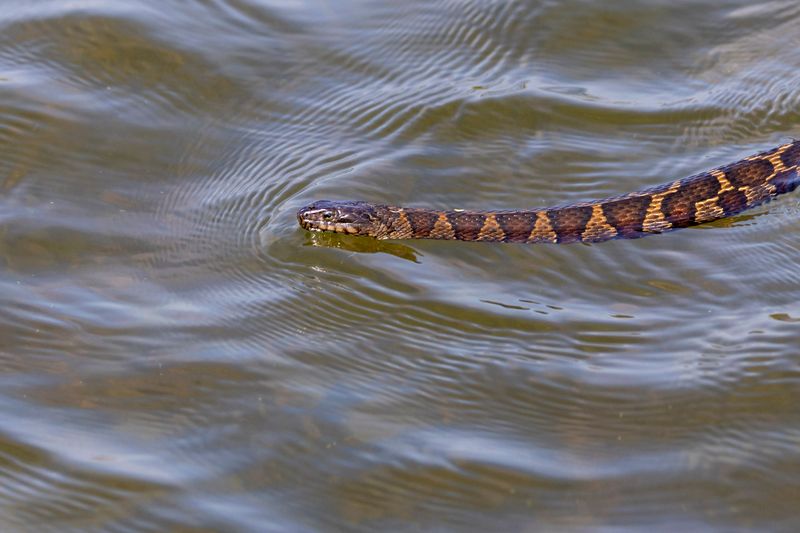
Water snakes have adapted the death-feigning behavior for aquatic environments. When threatened, they float limply on the water’s surface, belly-up, resembling a dead fish.
Their bodies drift with the current while they remain completely motionless. This unique aquatic version of playing dead confuses predators like herons and larger fish. Water snakes can maintain this floating death pose for up to 30 minutes before swimming away.
7. King Snake: The Commitment Artist

King snakes display remarkable commitment to their death performances. When threatened, they contort their bodies into unnatural positions and may even allow themselves to be picked up without breaking character.
Their mouths hang open while their tongues protrude limply. The performance can last for over an hour. King snakes have been observed maintaining their death act even when predators begin to lose interest, ensuring they don’t become a meal.
8. Rat Snake: The Reluctant Corpse

Rat snakes turn to death-feigning when cornered with no escape route. They roll onto their backs and twist their bodies into unnatural positions that living snakes wouldn’t maintain.
Their muscles go slack, and they may release a foul-smelling musk from glands near their tail. Young rat snakes are more likely to use this tactic than adults. Once the threat passes, they cautiously “resurrect” themselves and slither away to safety.
9. Indigo Snake: The Breath-Holder
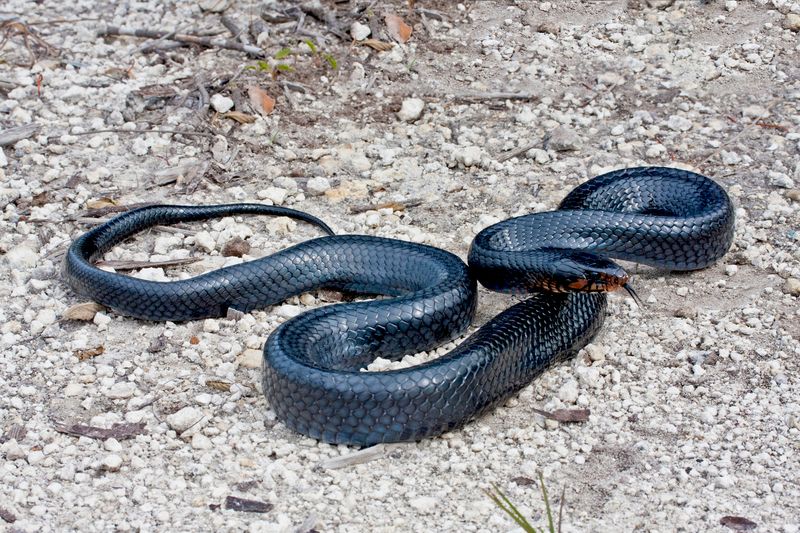
Indigo snakes employ a sophisticated approach to playing dead. They dramatically reduce their breathing rate to nearly undetectable levels while maintaining a completely limp posture.
Their large bodies go slack, and they may roll onto their backs with mouths slightly open. Unlike other species, indigo snakes rarely emit odors when death-feigning. Their impressive size makes their sudden “death” particularly startling to predators who quickly lose interest.
10. Ribbon Snake: The Quick-Change Artist
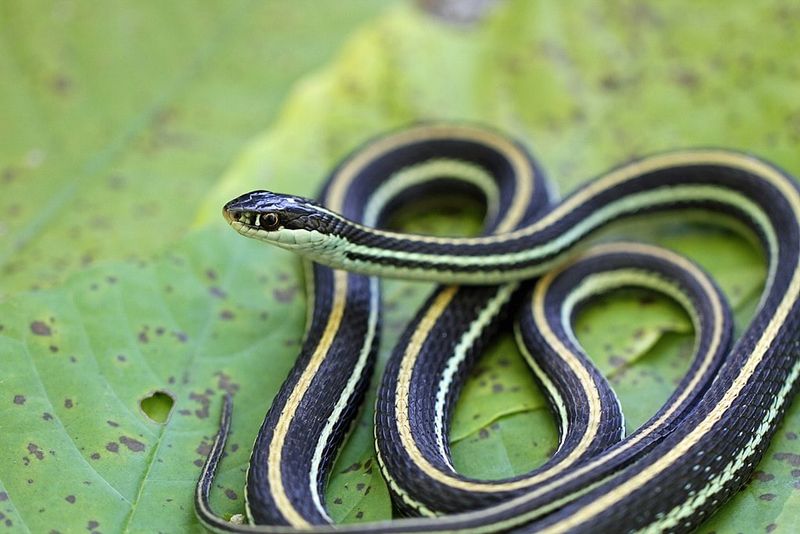
Ribbon snakes can switch between active defense and playing dead in seconds. When initial threat displays fail, they instantly collapse into a death pose, going completely limp with their mouths hanging open.
Their slender bodies often twist into loose coils that no living snake would maintain. If the predator loses interest, ribbon snakes can “revive” just as quickly as they “died.” They’re among the fastest to recover from their death act in the snake world.
11. Copperhead Snake: The Stillness Specialist
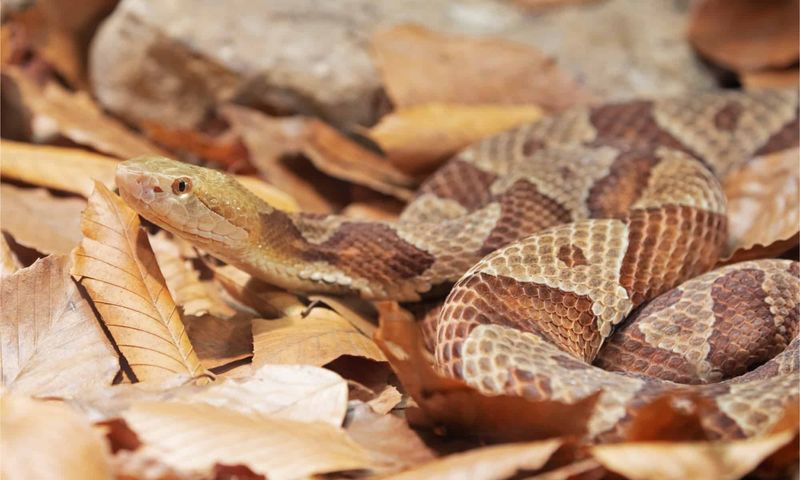
Copperheads rely on absolute stillness rather than dramatic postures. When threatened, they freeze completely, often with their venomous head tucked beneath coils.
Their copper-colored pattern creates the illusion of dead leaves, making them nearly invisible. Unlike other death-fakers, copperheads don’t roll onto their backs. Instead, they remain in a natural-looking but completely motionless position, sometimes for hours, until the threat has passed.
12. Smooth Snake: The Stiff Imitator
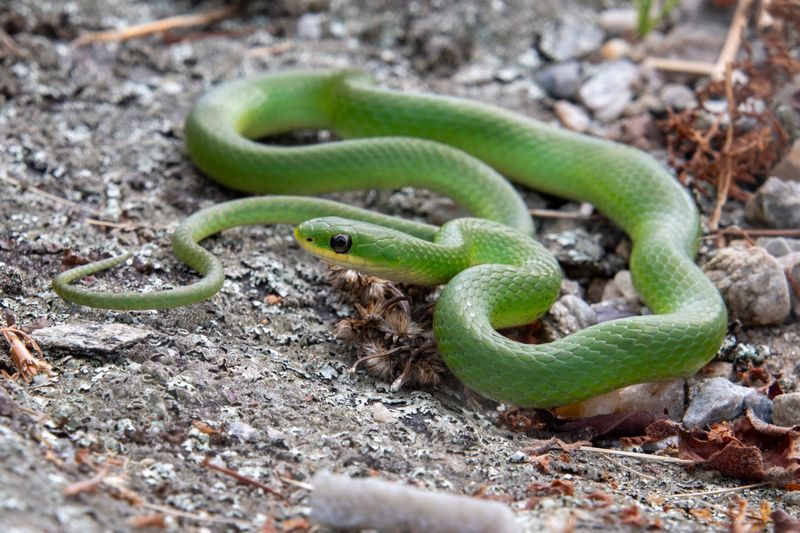
European smooth snakes become remarkably rigid when feigning death. Their muscles tense rather than relax, creating an unnaturally stiff appearance unlike typical snake movement.
They often roll onto their backs with mouths hanging open in a grimace-like position. Smooth snakes add to the deception by releasing a pungent musk that mimics the smell of decay. This combination of visual and olfactory cues convinces predators they’ve encountered a long-dead snake.
13. Milk Snake: The Convincing Contortionist
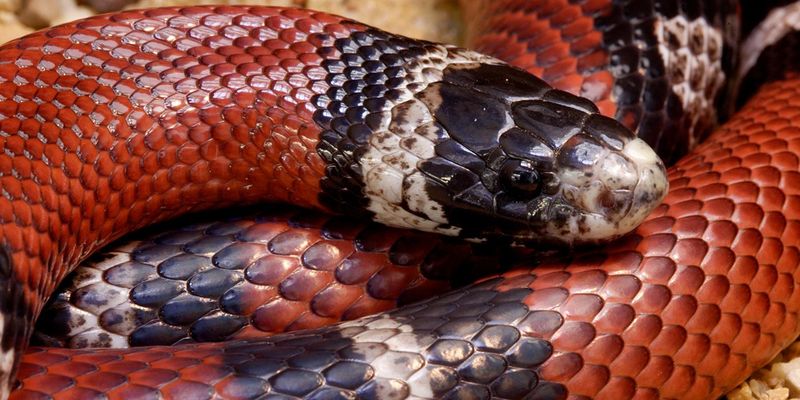
Milk snakes are masters of contortion when playing dead. They twist their colorful bodies into impossible-looking knots and spirals that suggest they’re already decomposing.
Their bright patterns, which normally serve as warning colors, appear dulled as they flatten their bodies against the ground. Milk snakes might remain in these bizarre positions for up to 45 minutes. When the threat passes, they slowly unwind and slither away as if nothing happened.

